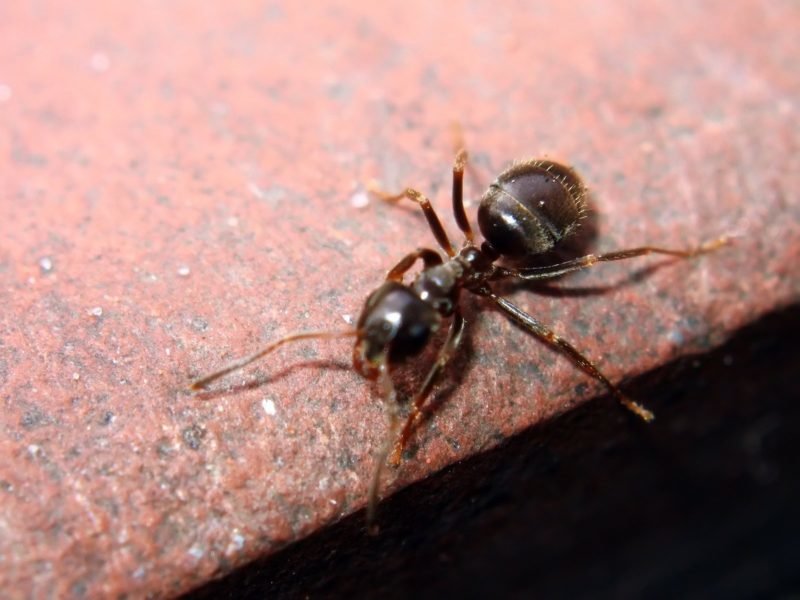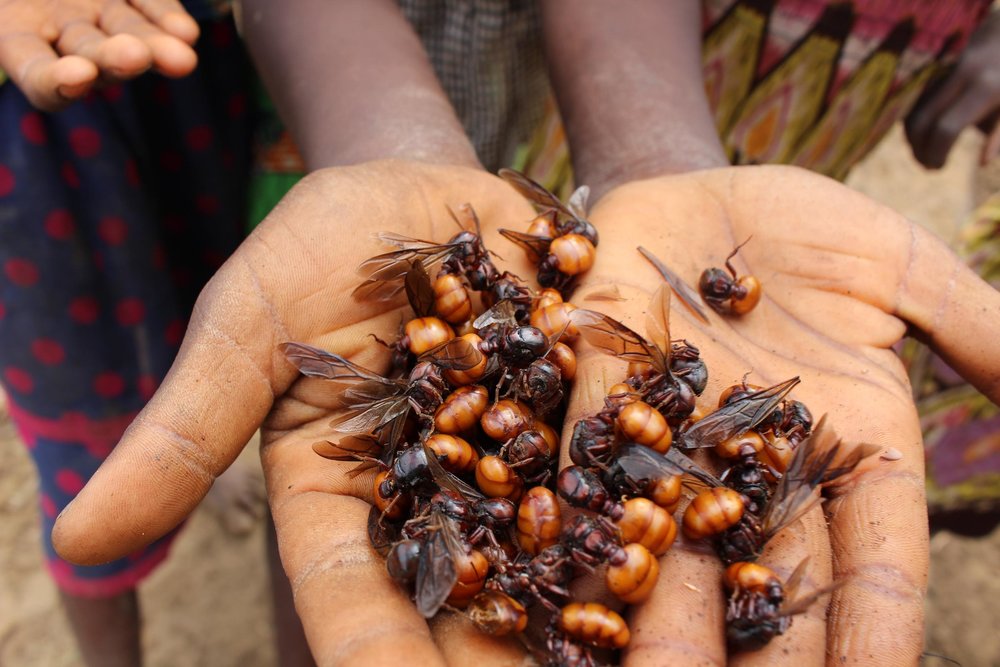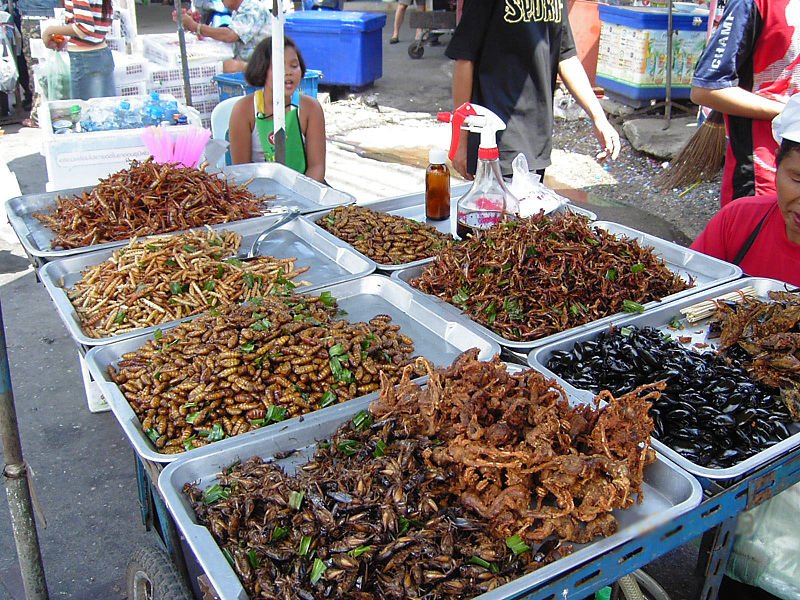Did you know that ants burst with honey when you bite into them or that the pupae of giant hornets melt like butter in your mouth? These are just a few insects which can be consumed raw. Edible insects come in all sizes and shapes, and all of them delicious.

Human beings have relied partially on an insectivorous diet for thousands of years. Even today, many people consume insects in the form of sandwiches, dips, tacos and with rice. And because they go so well with the local dishes, insects can cost more than conventional meat in some places! And yet, the popular and trendy food culture has avoided embracing insects. Apprehension and disgust are the usual reasons for this rejection, where insects remain limited to travel shows on TV about ‘weird foods’ or ‘exotic foods’.
Why the sudden interest in edible insects?
For starters, all the cool people are doing it. By ‘it’, we mean eating insects. Angelina Jolie recommends crickets with beer, Justin Timberlake served grasshoppers and ants in black garlic and rose oil during the launch of his album and Nicole Kidman has eaten bugs on Television, while proclaiming her love for these crawlers. Apart from the media coverage and celebrity endorsements, people are seriously considering ant munching as a greener alternative to red and white meats. We already know about the rising sea levels, emissions of greenhouse gasses and declining biodiversity. Turns out, insects could be our saviors.

The meat industry with its unsustainable farming, grazing and processing practices are completely destroying nature and releasing tonnes of Carbon dioxide into our atmosphere. With seemingly never-ending supply, insects could be the answer when it comes to feeding the growing human population in size, in number and in the desire to eat more meat.
The environmentally sound food source
The sizeable small insect farmers aren’t giving much competition to their meaty counterparts, but they’re sure trying to. Startups and businesses are starting to farm and sell insects for food, as they claim that their carbon footprint is negligible. Insects would certainly need lesser feed than other livestock, and take up lesser space. When ‘feed’ is prepared for other traditional livestock, there is certain energy and processing which is wasted when converting plant sources into meat sources. Instead this wastage can be contained as insects would not need prepared feed and could consume untreated plant matter directly. Least we forget to mention, insects are lean protein-rich foods, which make for a healthier choice for people.
Empowering local farmers

An ever bigger impact of consuming insects as a food source has far-fetching results in the present prevailing economic climate. The people who collect, prepare and sell insects are traditionally those who are not economically empower nor politically emboldened. By commoditizing and monetizing their source of sustenance, it would contribute significantly to their sources of income and livelihoods. Could we, the wealthy consumers, who not need to farm or produce our own food, help the most marginalized communities in the world, by eating insects? The experts certainly think so.
Insect-y delicacies
While the debate over insects being able to solve world poverty or not continues, you might want to savor a few of these delicacies which are enjoyed the world over- served hot and fresh. There are a couple of Mexican treats; smokey beetle larvae (gusanos), tangy grasshoppers (chapulines) and buttery ant eggs (escamoles). In sub-Saharan Africa, right after the first rains, the major markets are seen teeming with a mountain of fresh roasted termites, which oddly enough remind people of bacon, with it’s satisfyingly savory taste. If you enquire about it with the locals of Southeast Asian countries, they would be able to direct you to the nearest place serving freshly cooked silkworm, which are almost always sautéed with soy and served warm to your table.

Sadly thought, fresh insects are not available everywhere or around the year. You could check online for an insect delivery service or why not pay a visit to your neighborhood’s Asian supermarket, a few of which are known to stock preserved or tinned insects from various countries. Crickets and mealworms are readily available in most European countries and North America. There are traders and distributors who are trying to get more varied and exotic species of insects to you, from all over the planet. With over 2,000 edible special of insects known to man, the possibilities are endless. From the tamer insect-flour bread to the exotic red ant chutney, we just might have it all!





